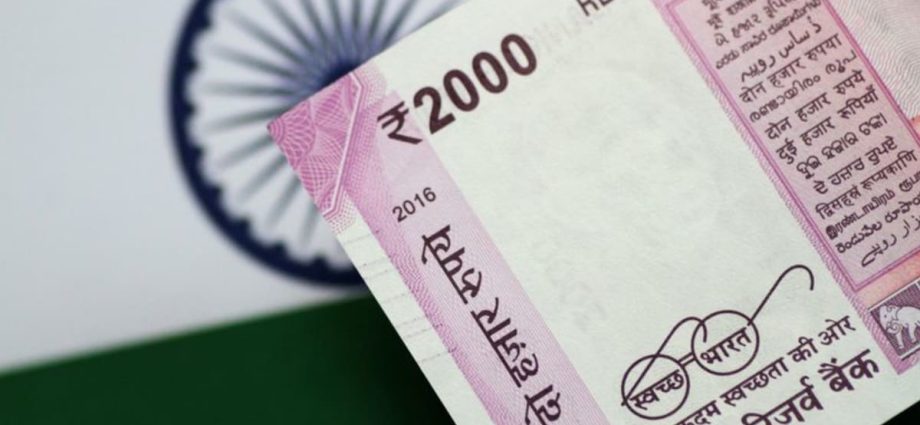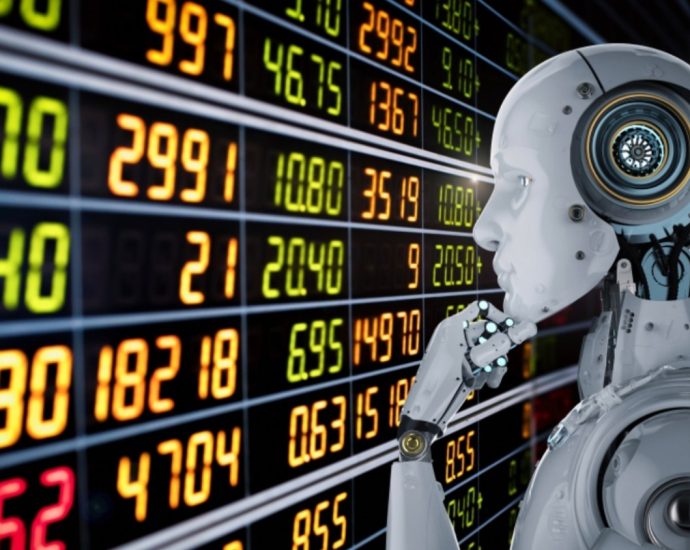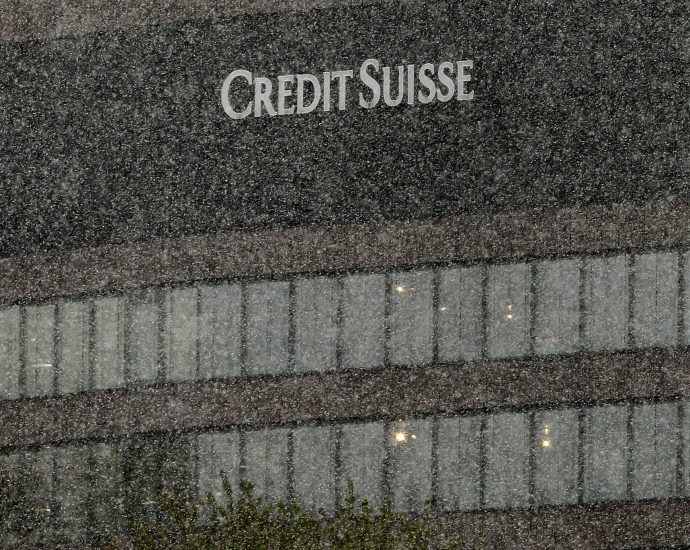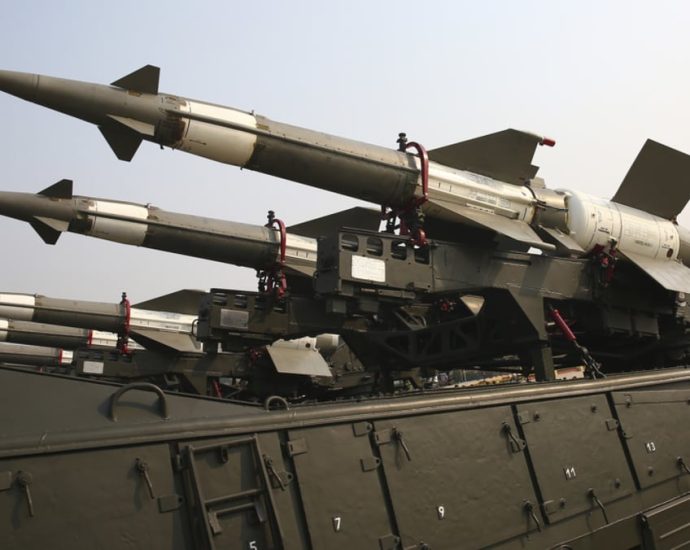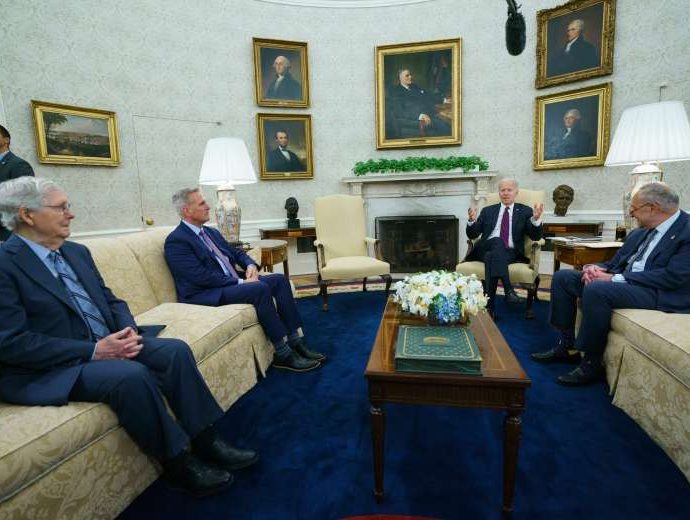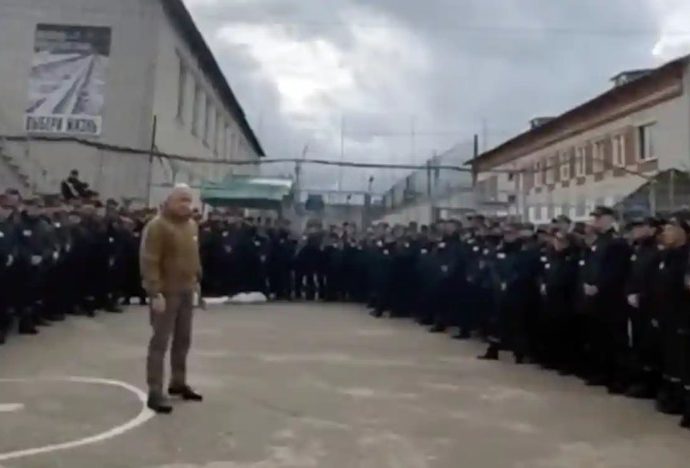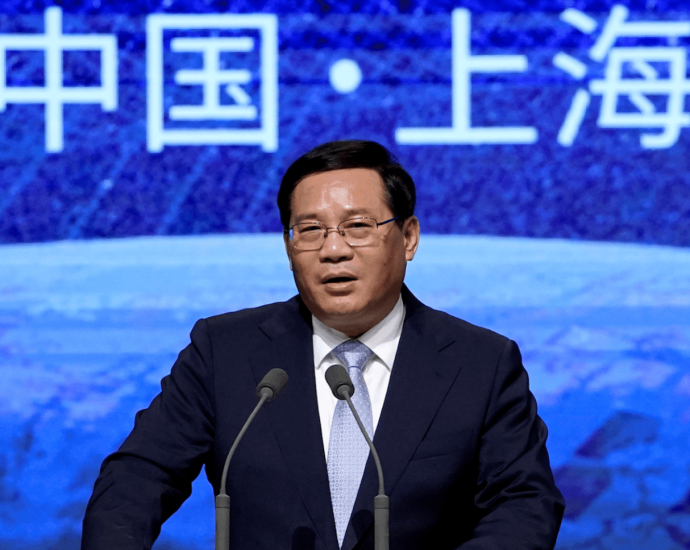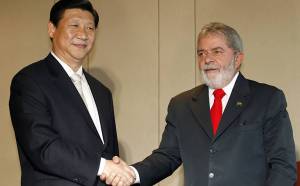What India’s decision to scrap its 2,000-rupee note means for its economy
MUMBAI: India will withdraw its highest denomination currency note from circulation, the central bank said on Friday (May 19). The 2,000-rupee note, introduced into circulation in 2016, will remain legal tender but citizens have been asked to deposit or exchange these notes by Sep 30, 2023. The decision is reminiscentContinue Reading

